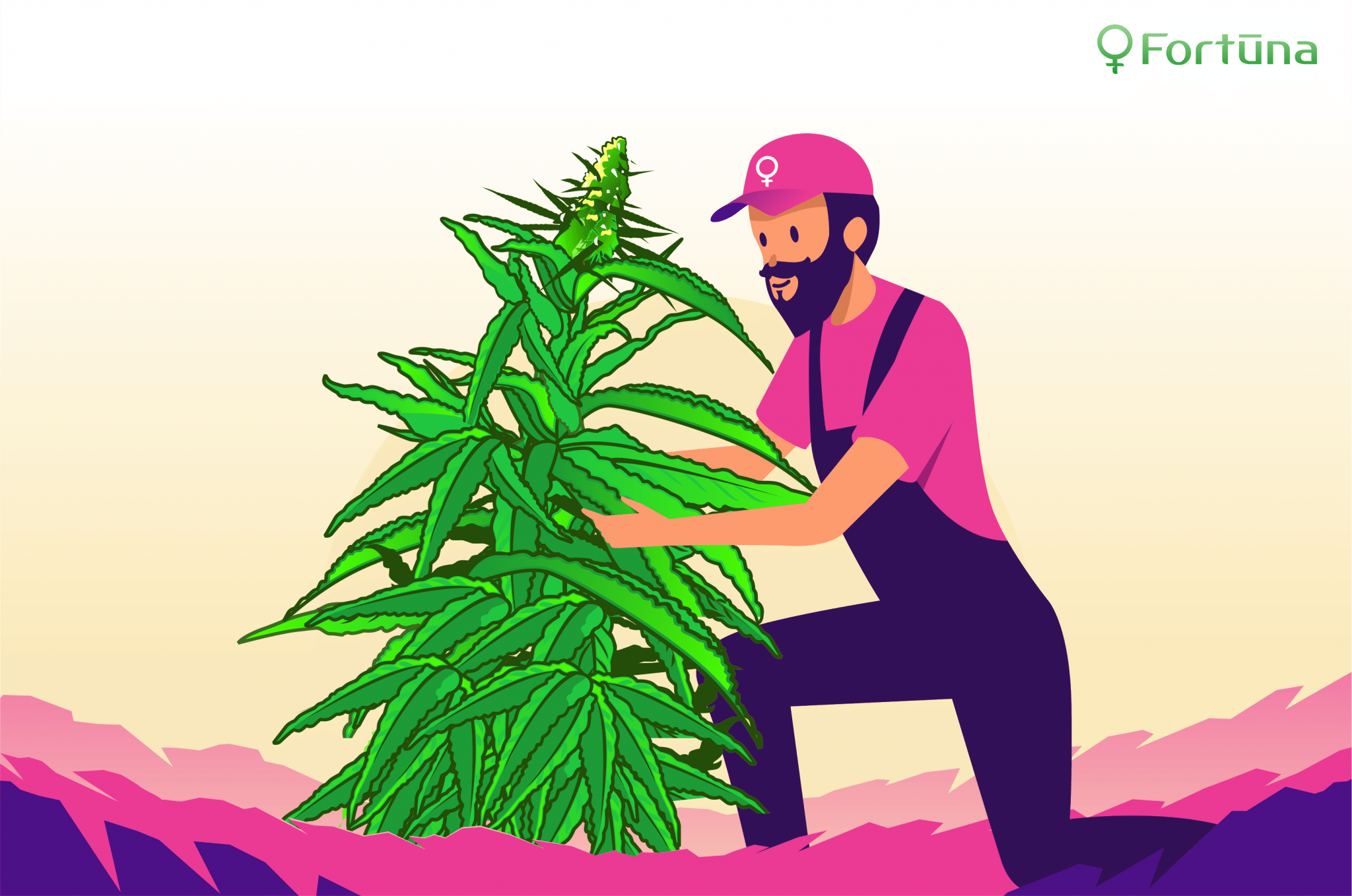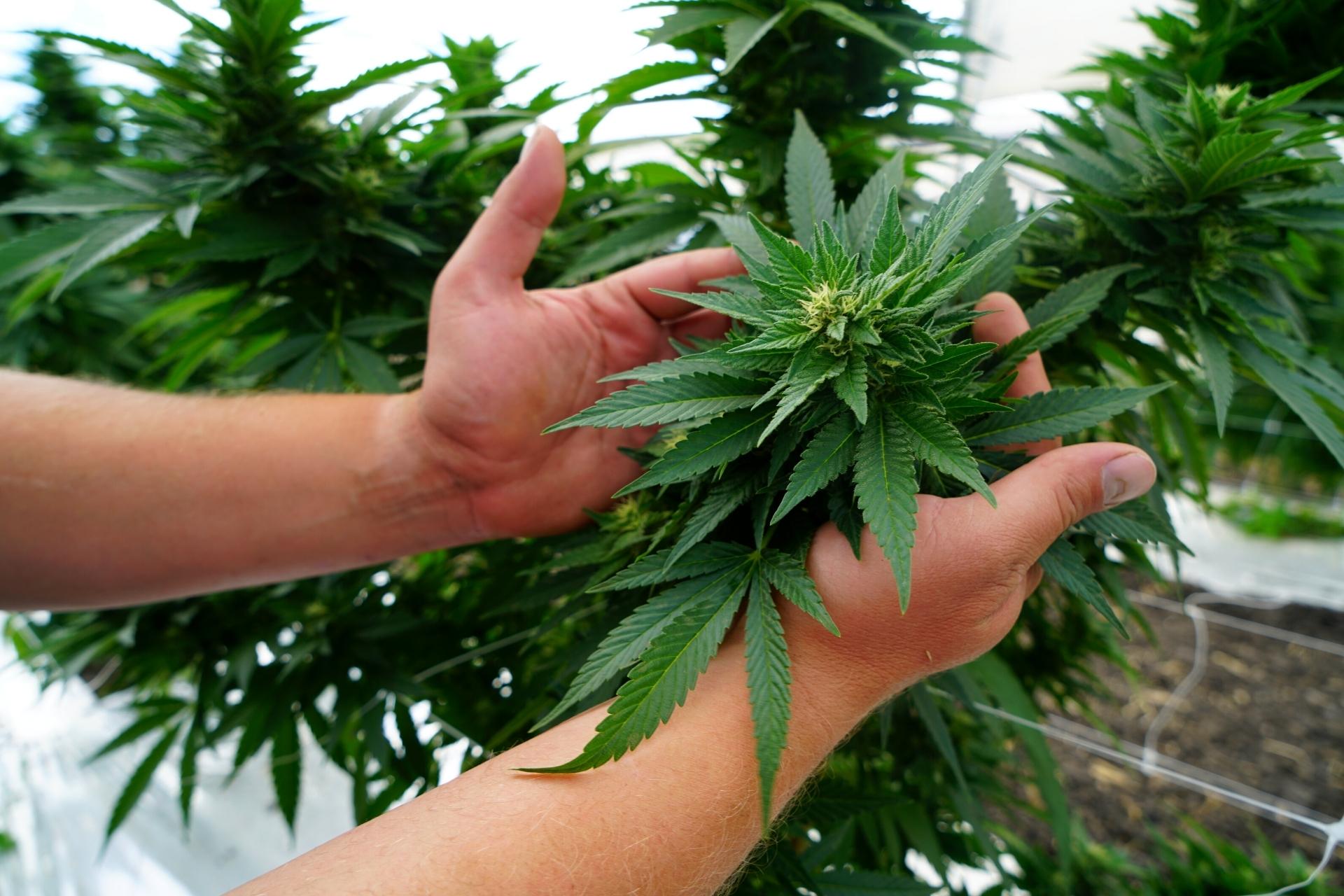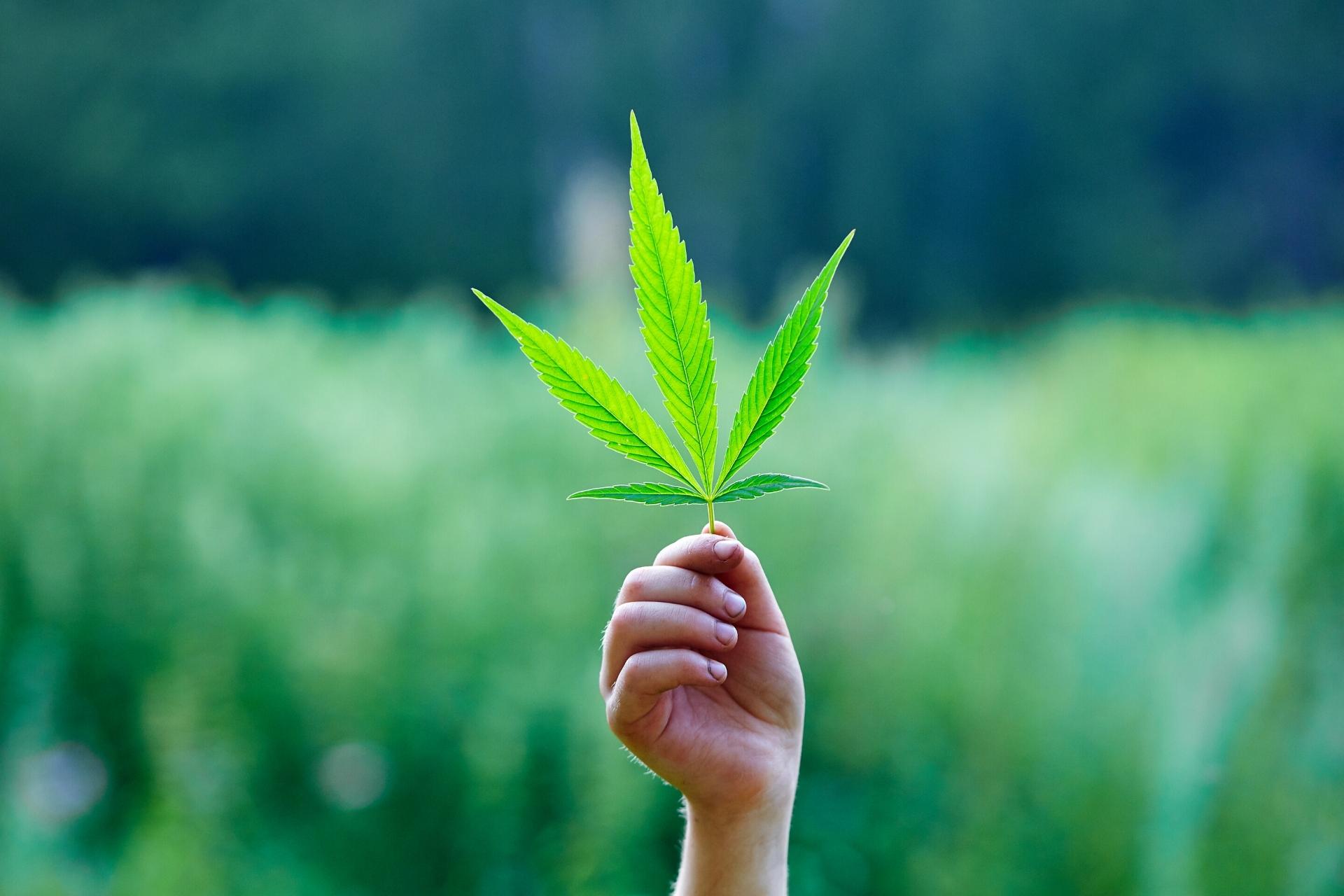
- Guides
-
by gu
Harvesting Hemp is a timely process that requires quick and delicate completion. There are many steps involved in harvesting hemp legally, all of which with a considerable timetable. As such, it is important to plan your hemp harvest carefully and follow a strict schedule to see that it is completed on time.
Today, we’ll discuss factors that affect hemp harvest timing and outline some ways to prepare for each phase involved in harvesting hemp.
Factors Affecting Hemp Harvest Timing
The American government defines hemp as any cannabis plant that contains no more than .3 percent THC on a dry-weight basis. However, CBD, another (non-psychoactive) cannabinoid, is incredibly valuable on the open market as a legal alternative to THC. Consequently, as hemp buds develop CBD, they increase in value. That is, until THC levels exceed their limit, thus rendering the product unsellable.
CBD hemp farmers must walk a careful line when it comes to cannabinoid development. They should allow their plants to grow long enough to produce substantial CBD levels while minimizing THC development. Though quality CBD seeds largely contribute to compliant cannabinoid development, time is the ultimate factor. Hemp plants that develop to long risk turning “hot” (i.e. developing more THC than allowed) resulting in total crop loss. Frequent testing and prompt harvest at the first hint of THC is crucial.
Next, farmers should monitor their local weather and harvest hemp before inclement conditions strike. Harvest season dances dangerously close to hurricane season and early frosts and cannot withstand the damage extreme weather may cause. However, it is imperative that farmers test their hemp crops before harvesting. As such, they should pay close attention to weather patterns and historical data to ensure they test with enough time to harvest before drastic season changes.
Finally, farmers must monitor plants for infestation and disease. The moment disease strikes, they should remove the plants and notify the proper authorities of such action. Disease can spread rapidly among hemp plants and is not worth the risk of infestation. If the damage is too extensive, they should know when to cut their losses (both literally and figuratively) as not to pass the contaminated products to consumers.
Phases of Harvesting Hemp
There are multiple phases involved in harvesting hemp, all of which must follow a different schedule and timeframe. Below are four phases of a hemp harvest and how much time one might expect to invest in each.
Testing
As mentioned, all areas require hemp testing prior to harvest. Testing often takes a few weeks, though some states require at least one month to process a testing request, take samples, and submit them to a lab for testing. Growers should consult their local hemp farming laws to determine how much time to a lot for testing before harvesting hemp.
Harvest
Harvesting CBD hemp is much more time-consuming than harvesting hemp fiber. Unlike fiber and grain hemp crops that harvest well with a combine, CBD hemp requires more delicate care and, thus, special harvesting equipment. On average, CBD hemp harvesters can cut roughly five acres of hemp in a day compared to combines that can harvest up to 75 acres in the same period. Farmers should ensure they have the proper harvesting equipment on hand. If they do, they should expect to harvest three to five acres of hemp per day.
Storing and Drying
Farmers who wish to sell premium CBD hemp products should never leave their crops to dry in fields. Doing so increases the likelihood that their harvest will rot which will render the product unsafe for consumption.
Instead, hemp farmers must have proper storage facilities ready to house their harvest until it is ready to process. Special moisture- and temperature-controlled drying barns are idea, but still require additional labor to ensure that the product dries evenly.
While some farmers hang whole plants from wires in a drying barn, this practice is not conducive to an even drying process. Plant interiors are more susceptible to mold while exterior foliage is prone to excessive drying and, subsequently, a harsher smoking experience.
Rather than hanging whole plants, farmers should remove each branch from the hemp plant to hang from drying wires. Albeit more labor-intensive, this will both expedite the drying process and ensure a more evenly dried product. When done properly, this step should take two to four weeks for hemp buds to dry to about 15 percent moisture.
Curing
Curing is the final step in the hemp harvesting process, though this step is not always necessary for all applications. While some farmers transport hemp to processors before curing, others who wish to sell smokable hemp or preserve the integrity of the terpenes (and thus the flavor of the hemp flowers), should take time to properly cure their hemp flower, as well.
Curing is the process of preserving hemp terpenes and cannabinoids by slowly extracting excess moisture levels in the product. In doing, farmers can improve the flavor, preserve cannabinoids, reduce smoke abrasion, and extend the self-life of the hemp itself. Curing usually takes four to six weeks, though some growers may extend the process, as well.
Final Thoughts About Harvesting Hemp
Growing hemp requires a unique skill set that takes time to develop. Do not rush the process to push a product out the door. Instead, time all aspects of CBD hemp farming from seed to harvest and beyond. When necessary, consider using pre-germinated seed starts to ensure that your crop is ready to harvest on your schedule.
Contact us for more hemp farming advice or check out our selection of quality CBD seeds to get growing today.



